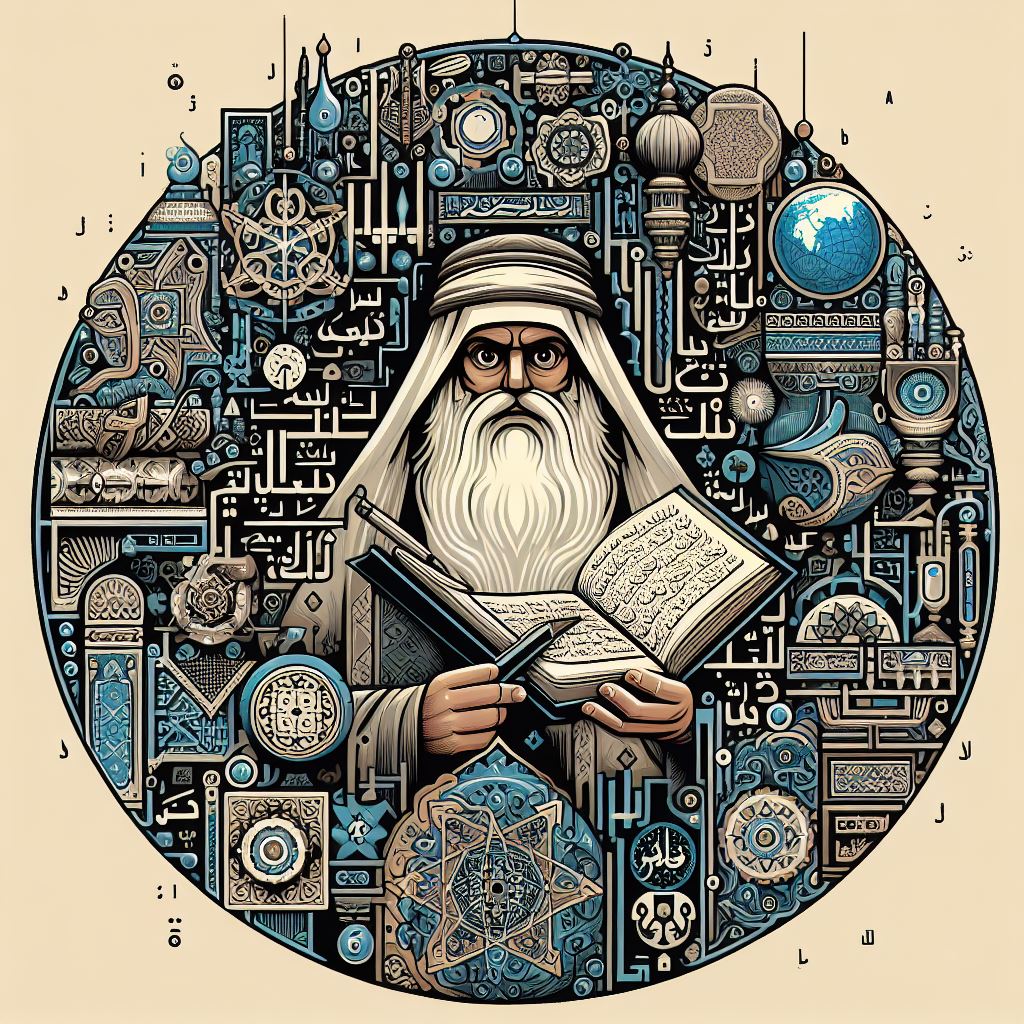Introduction
The Arabic language carries a rich history that spans centuries and continents. From its humble beginnings in the Arabian Peninsula, it has blossomed into a vibrant spoken language uniting over hundreds of million people across the globe. More than just a tool of communication, Arabic is deeply intertwined with Islam, serving as the language of the holy Quran and holding huge religious significance as in Islam it is the language of paradise (جنة). Its journey was shaped by diverse cultures, from pre-Islamic poetry to empire expansion, resulting in an intriguing landscape of regional dialects.
The origin of spoken Arabic
The Arabic spoken language originated in tribes of the Arabian Peninsula. Its root is traced back to the Semitic languages (Arabic: اللغات السَّامِيّة ) spoken in the Northwestern Arabian Peninsula around the 8th century BC. Languages like Canaanite and Phoenician, belonging to the Northwestern Semitic family, shared common roots in vocabulary and grammar with what would later blossom into Arabic.
Early inscriptions on rocks and pottery offer glimpses into this formative stage, whispering tales of a young language taking its first steps.
The origin of written Arabic
The first known written Arabic script was in the form of Nabataean script. The modern Arabic script evolved from the Nabataean script during the 4th century CE.
Emerging from its Arabian roots, the language underwent a transformation to faithfully record the revelations of the Quran. This refined script paved the way for the modern Arabic script we use today.
While Arabic existed before Islam, its reach was primarily confined to the Arabian Peninsula. The rapid expansion of Islam across continents triggered a surge in the use of Arabic script, making it a dominant script for religious texts, governance, and cultural exchange.
Nowadays, the Arabic language is widely used in the Arabian Peninsula, Middle East, and North Africa, it is spoken by 422 million people (Ethnologue 2023). The use of the Arabic language is high because of religious, cultural, and economic reasons. It is the official language of not only 25 Arab countries. It is also used in Eritrea Nigeria and Senegal.
The Arabic script is utilized for writing Arabic as well as numerous other languages across Asia and Africa as in this list:
- Persian (Farsi)
- Urdu
- Pashto
- Kurdish
- Sindhi
- Malay (in some regions)
- Azerbaijani (Azeri)
- Hausa
It ranks as the second-most prevalent alphabetic writing system globally, following the Latin script.
Early standardization of Arabic
Before Islamic expansion, the Arabic language was confined to the Arabian peninsula for this reason it was relatively unaffected by foreign influences and did not undergo any change. Besides, millions of new converts embraced Islam, desiring to recite and understand the Quran, the need for a standardized system of Arabic grammar became imperative.
The history of the formation of the Arabic script appeared in the Umayyad era with the expansion of Islamic conquests, and the entry of the Persians into Islam, which led to a lot of catachresis( Arabic: لَحن) among the public, and the occurrence of errors when reciting the Holy Quran. As a matter of fact, prominent Muslims such as Caliph Ali ibn Abi Talib (Arabic: علي بن ابي طالب) and Abu al-Aswad ad-Duʾali (Arabic: أبو الأسود الدؤلي). In addition to al-Farāhīdī (Arabic: الفراهيدي; 718 – 786) CE established its grammar rules (Arabic: النحو), vocalization and authored the earliest works on Arabic linguistics. It is believed they have introduced diacritics:
– Consonant pointing, referred to as iʻjām (إِعْجَام) in Arabic linguistics, is a system of diacritics used in the Arabic script to indicate the proper pronunciation of consonants.
– tashkīl (تَشْكِيل) in Arabic, are extra symbols in the Arabic script to furnish phonetic and grammatical details. These Arabic diacritics contain vowel marks, otherwise called as ḥarakāt (Arabic: حَرَكَات), which denote the vocalization of vowels within a word.
Conclusion
The Arabic language history is a fascinating story with ancient roots, religious influence, cultural diversity, and lasting relevance. From its modest emergence in the Arabian Peninsula, the Arabic language turned into a powerful tool for communication, shaping literature, science, and faith across vast regions.
Even though there are regional dialectal variations, the core of the language is still a unifying force, binding communities through shared heritage and the sacred text of Islam, the Quran. The standardization efforts championed during the Umayyad period solidified its form, while subsequent centuries enriched it with diverse literary and scientific contributions.

